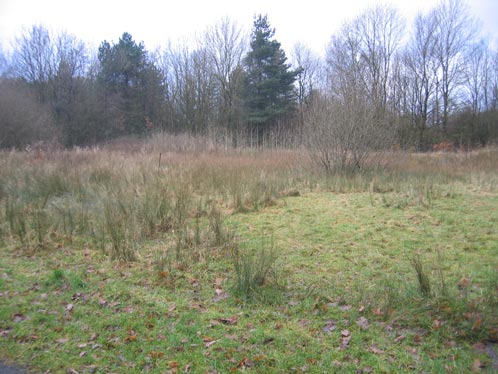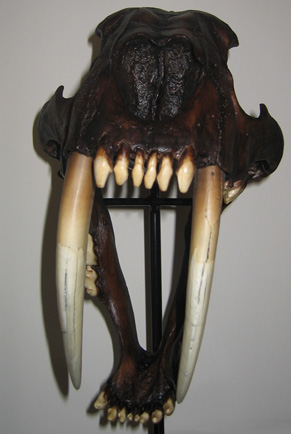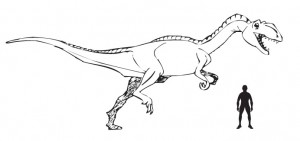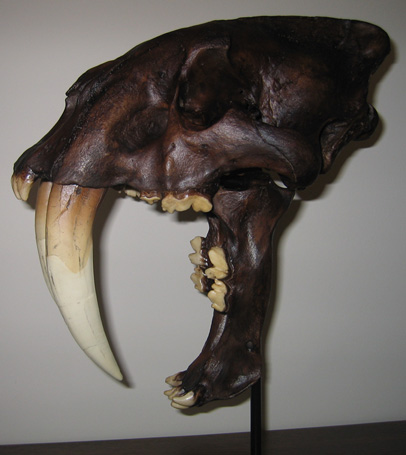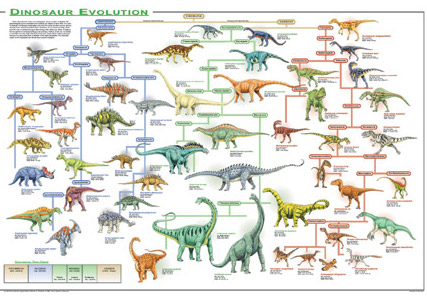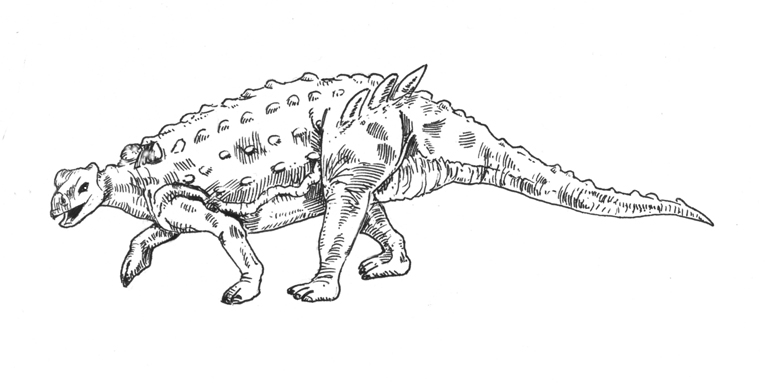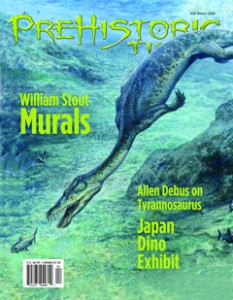Chicxulub Crater gets Seen in a Whole New Light
A big rock splashing down into water deeper than first thought may be the simple explanation as to why something like 70% of all life on Earth perished at the end of the Mesozoic. This is the conclusion of a team of researchers from the University of Texas who have carried out the most detailed study yet of the impact site using three-dimensional seismic images of the Chicxulub crater.
Chicxulub Impact Crater
The Chicxulub crater is a mostly submerged and buried impact crater on the coast of Mexico. This new study, led by Sean Gulick (research scientist at the Institute for Geophysics at the University of Texas Jackson School of Geosciences), may modify a theory explaining the extinction of the dinosaurs, pterosaurs, marine reptiles and nearly three-quarters of life at the end of the Cretaceous 66 million years ago.
It was the American father and son team of Luis and Walter Alvarez who first put forward the theory of an extraterrestrial impact being the cause of the mass extinction event 66 million years ago. Their study of the worldwide layer of clay rich in the rare Earth element iridium, which was present in rocks dating from the K-T boundary (the geological time border between the end of the Cretaceous and the beginning of the Palaeocene) led them to conclude that an asteroid or meteorite impact must have occurred.
The Yucatan Peninsula
The discovery of the Chicxulub crater, on the coast of the Yucatan peninsula, Mexico, a huge impact crater dated to this period in Earth’s history provided the “smoking gun” evidence to add weight to their theory.
Debate still continues amongst scientists as to the actual cause of this mass extinction event. The Earth was going through an extensive period of geological activity and the asteroid impact may have been just one factor in the extinction of the dinosaurs. The huge amounts of volcanic activity in India, in an area known as the Deccan Traps may also have played a significant role.
To read more about the Deccan Traps: Asteroid Impact Theory Challenged – Blame the Deccan Traps.
Extinction Theories
Other contributing factors to the demise of large land animals at this time in Earth’s history have also been put forward. A book recently co-authored by George Poiner blames the emergence and increasing presence of biting and blood sucking mites and insects on the demise of the dinosaurs.
Article: New Book Claims Biting Insects and Bugs helped in Dinosaur Demise.
Now a new study into the Chicxulub impact crater indicates that the object from outer space may have landed in deeper water than previously thought, releasing 6.5 times more water vapour into the atmosphere and exacerbating the impact. This coupled with the fact that the rocks in the area contain sulphur-rich sediments would have made the collision even more dangerous to life on Earth.
According to Gulick and his team, the impact would have caused the sulphur-rich deposits to react with the water vapour to produce sulphate aerosols which would have been thrown high into the atmosphere. An increase in the atmospheric concentration of these high in sulphur compounds could have made the impact more deadly in two ways:
1). Altering the Climate
Particles high in sulphur could have prevented solar radiation from getting through the “thickened” atmosphere and this would have led to a cooling effect – perhaps contributing to a nuclear winter.
2). Acid Rain
Increased levels of water vapour once cooled at altitude would then fall back to Earth, the high sulphur content of the atmosphere would have formed dilute sulphuric acid and the Earth would have been subjected to extensive acid rain.
The Impact of Sulphur
Earlier studies into the geology of the Yucatan peninsula had indicated that the sulphur contained in the rocks could have contributed to the scale of the natural disaster. When the higher volume of water is factored into models predicting the environmental consequences, the effects of atmosphere cooling and acid rain are magnified.
“The greater amount of water vapour and consequent potential increase in sulfate aerosols needs to be taken into account for models of extinction mechanisms,” stated Gulick.
An increase in acid rain might help explain why reef and surface dwelling ocean creatures were affected along with large vertebrates on land and in the sea. As it fell on the water, acid rain could have turned the oceans more acidic.
There is some evidence that marine organisms more resistant to a range of pH survived while those more sensitive did not. Increased amount of carbon dioxide in our atmosphere today is being blamed on the acidification of the oceans. If this process continues unchecked it could spell disaster for marine plankton and corals, which in turn would severely disrupt food chains and ecosystems. Could the increase in acidity due to the higher levels of acid rain have led to the demise of the ammonites and other shelled creatures?
Gulick says the mass extinction event was probably not caused by just one mechanism, but rather a combination of environmental changes acting on different time scales, in different locations. For example, many large land animals might have been baked to death within hours or days of the impact as ejected material fell from the sky, heating the atmosphere and setting off firestorms.
Huge Firestorms
There is evidence to suggest that much of the planet’s vegetation was burnt at this time, again adding more green house gases into the atmosphere and exacerbating changes in the environment and climate. More gradual changes in climate and acidity might have had a larger impact in the oceans.
Gulick and his collaborators originally set out to learn more about the trajectory of the asteroid. They had hoped the crater’s structure in the subsurface would hold a tell-tale signature. Instead, the structure seemed to be most strongly shaped by the pre-impact conditions of the target site.
“We discovered that the shallow structure of the crater was determined much more by what the impact site was like before impact than by the trajectory of the impactor,” says Gulick.
If scientists can determine the trajectory, it will tell them where to look for the biggest environmental consequences of impact, because most of the hazardous, shock-heated and fast-moving material would have been thrown out of the crater downrange from the impact.
For models and replicas of Late Cretaceous dinosaurs and other prehistoric animals: Wild Safari Prehistoric World Models.
Researchers at Imperial College in London are already using computer models to search for possible signatures in impact craters that could indicate trajectory regardless of the initial surface conditions at the impact site.
“As someone who simulates impact events using computers, this work provides valuable new constraints on both the pre-impact target structure and the final geometry of the cratered crust at Chicxulub,” says Gareth Collins, a research fellow at Imperial College.
The study “Importance of pre-impact crustal structure for the asymmetry of the Chicxulub impact crater” appears in the February 2008 print edition of the journal Nature Geoscience.
Collaborators on the project included Gail Christeson of the Institute for Geophysics, Penny Barton at the University of Cambridge, Joanna Morgan and Mike Warner at Imperial College, and several graduate students.
So it seems that the prehistoric animals around 66 million years ago were doubly unlucky. Not only was planet Earth struck by a large object, but it was hit in the wrong place as well.
This article has been extracted from work of the University of Texas at Austin (2008, January 24). Seismic Images Show Dinosaur-killing Meteor Made Bigger Splash.


